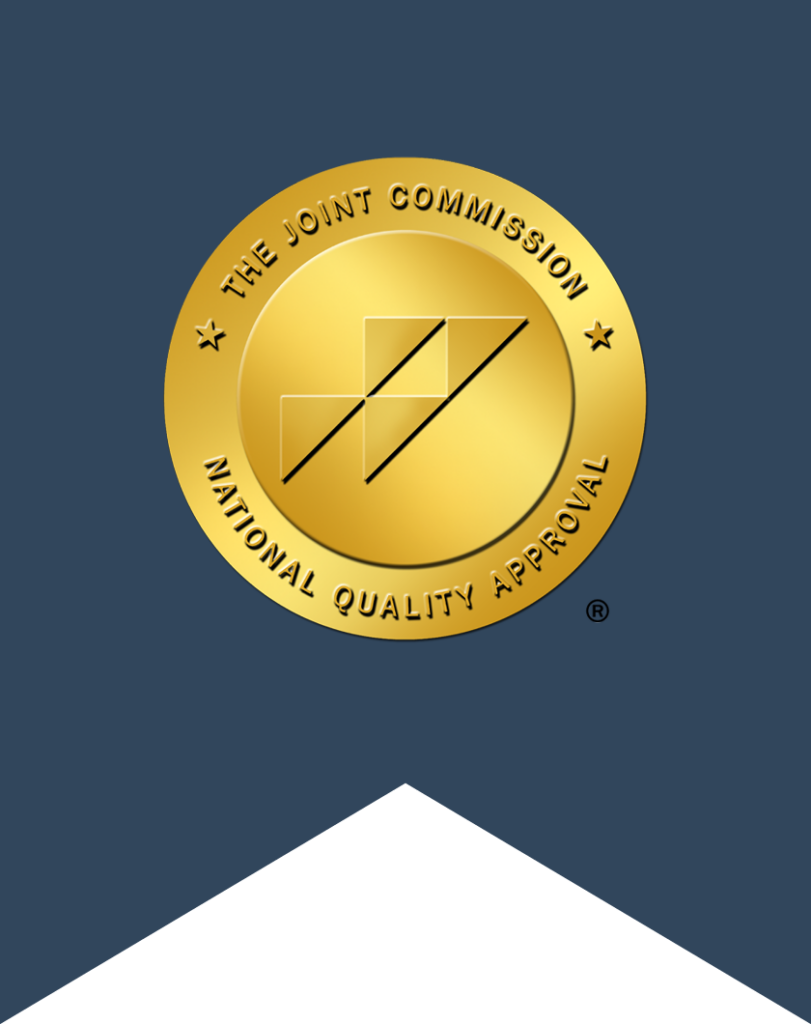It’s probably safe to say that we all know at a visceral level that too much time spent on our electronic devices isn’t particularly good for our brains or our health. We have trouble sleeping, we get headaches, our collective attention span grows shorter and the lines between real life and “Fallout” become alarmingly blurred.
We know technology affects the brain, and sometimes it’s in ways that aren’t all bad. The real problem comes from developing an addiction to our electronic devices or the features they offer, like social media, games, or other apps, and neglecting our well-being in other areas of our lives because of it.
But is there really such a thing as a technology addiction? If addiction is a disease, how is an addiction to technology measured pathologically?
What Constitutes an Addiction?
There’s no simple answer to the question of whether a technology addiction actually counts as an addiction, which has a lengthy definition as put forth by the American Society of Addiction Medicine:
Addiction is a chronic and progressive disease that affects reward, motivation, and memory
It’s manifested biologically, psychologically, socially, and spiritually
It’s characterized by the inability to abstain from a substance or behavior despite negative social, health, legal, and financial consequences
It elicits problems with behaviors, relationships, and emotional responses
It involves a cycle of remission and relapse
Without engagement in recovery activities, it only gets worse and may result in disability or death.
The American Psychiatric Association’s Diagnostic and Statistical Manual of Mental Disorders is the universal authority when making a psychiatric diagnosis. In 2013, the DSM-V was released and included Internet Gaming Disorder in Section III. With its inclusion, the APA noted that they “[hope] to encourage research to determine whether the condition should be added to the manual as a disorder.”
Considerable controversy ensued and is ongoing today, with camps from both sides stepping up the research and weighing in on the question. According to a 2009 article published in the clinical journal Psychiatry concerning the similar question of whether internet addiction should be included in the DSM, experts on one side of the issue argue that Internet addiction has the same characteristics as many substance use disorders, although there is little physiological evidence to back up this claim.
On the other side of the controversy are those who deny that technology addiction can really be classified as a disease without creating a more general model of what, exactly, counts as a disease.
An Addiction By Any Other Name
No matter what you call it—an addiction, a compulsion, a disease, a disorder—developing the habit of using your electronic devices to the exclusion of all else is going to result in negative consequences. You may continue to use your devices despite these consequences, and you may try to convince yourself that it’s not really a problem. But the fact that there are negative consequences associated with the behavior indicates otherwise.
Help Is Available
If you feel like you might have a technology abuse problem and either want to or have tried to curb your device use to no avail, treating the problem like an addiction, whether it is or isn’t, can help you identify and address the issues underlying the problem. By becoming more self-aware and identifying the self-destructive thoughts and behaviors behind your technology “addiction” and replacing them with healthy ones, you can change the way you view the idea of technology and the way you use it.
Let the experts hash out the technical details of what to call your compulsive technology use, and turn your focus to a treatment protocol featuring research-based therapies that will help you reclaim your life, your relationships, and your hobbies and vastly improve your overall quality of life.
